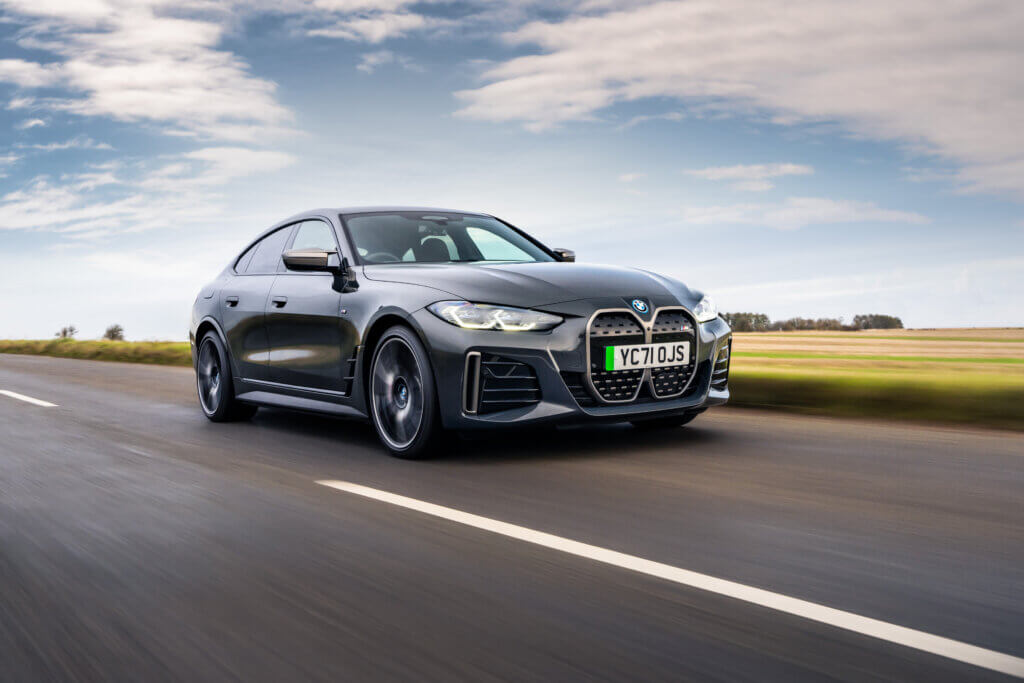In the past, electric car range was one of the primary concerns that drivers had over electric cars and the term ‘range anxiety’ became synonymous with EVs. Yet today, there are many EVs available that offer 200+ miles on a single charge, which is more than enough for a daily commute and a stint on the motorway.
Every year, battery pack technology continues to improve, with recent breakthroughs potentially quadrupling electric vehicle range in the future. There are now EVs that even offer 400+ miles on a fully-charged battery, making long-distance travel in an EV perfectly achievable.
In this comprehensive guide, we’ll be taking a closer look at electric car range and the factors that affect it whilst giving you practical tips on how you can maximise miles in an EV. We’ll also be comparing the range of popular models on the market which will help you to decide if buying an EV is right for you.



